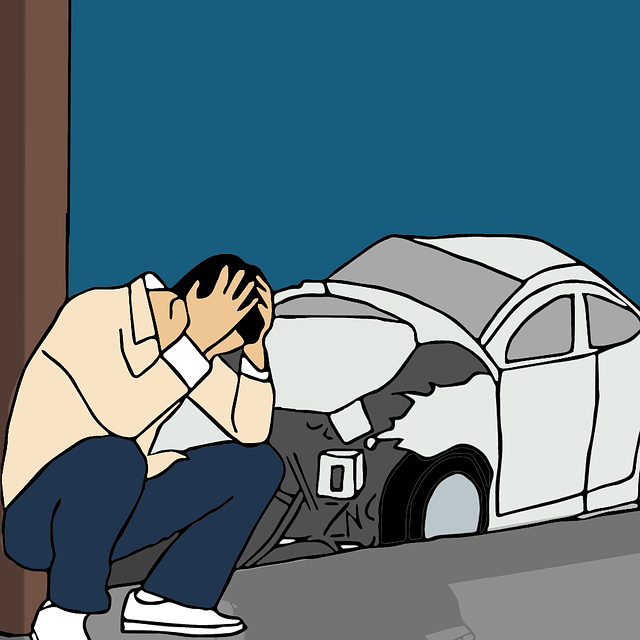Pain and suffering compensation is a key aspect of personal injury law, offering financial aid for emotional and physical distress caused by accidents or harm. Claims are complex, requiring legal guidance due to insurance disputes. Build a strong case with robust evidence like medical records, police reports, and witness statements. Document pain, trauma, treatments, and past claims. Navigate the process strategically, understanding rights and jurisdiction deadlines. Open communication with a lawyer is vital for a successful claim.
Are you seeking guidance on claiming pain and suffering compensation? This comprehensive guide is your roadmap to navigating the legal process successfully. Understanding pain and suffering compensation involves grasping the legal basics, which we’ll demystify for you. Learn how to build a robust case by gathering essential evidence and presenting compelling arguments. We’ll also walk you through the claims process step-by-step, ensuring you’re prepared every way.
- Understanding Pain and Suffering Compensation: Legal Basics
- Building a Strong Case for Your Claim
- Navigating the Claims Process Effectively
Understanding Pain and Suffering Compensation: Legal Basics

Pain and suffering compensation is a crucial aspect of personal injury law, designed to offer financial relief for the emotional and physical distress caused by an accident or harm. This type of damages aims to recognize and compensate individuals for their suffering, which can include both physical pain and psychological distress. When pursuing pain and suffering compensation, it’s essential to understand the legal framework surrounding it.
In many jurisdictions, pain and suffering is calculated based on several factors, such as the severity and duration of injuries, the impact on daily life, and the level of physical and mental agony experienced. Cases involving truck accident injuries or defective products often lead to substantial pain and suffering claims due to the potential for severe and lasting impacts on victims’ lives. Insurance disputes can arise when determining fair compensation, highlighting the need for solid legal guidance to navigate these complex matters effectively.
Building a Strong Case for Your Claim

Building a strong case for your pain and suffering compensation claim involves gathering comprehensive evidence to support your experience and the resulting impact on your life. In cases like slip and fall incidents or caregiver abuse, documenting the sequence of events is crucial. This includes medical records detailing your injuries, any police reports from the time of the incident, and witness statements that corroborate your version of events.
Additionally, consider the extent of your pain and suffering by quantifying it in terms of both physical discomfort and emotional trauma. Keep detailed records of any medical treatments, therapies, or medications required due to the incident as these will bolster your claim. For instance, if you’ve made homeowner insurance claims for similar issues in the past, ensure you have all documentation related to those cases as well, as it can help demonstrate the pattern and severity of the problems.
Navigating the Claims Process Effectively

Navigating the claims process for pain and suffering compensation can seem daunting, but with a strategic approach, it becomes more manageable. The first step is to understand your rights and the legal framework surrounding personal injury cases. Consulting with an experienced personal injury lawyer is invaluable; they can guide you through each stage, ensuring all necessary documentation is in order. This includes gathering medical records, witness statements, and evidence of any financial losses incurred due to the injury.
Effective communication with your lawyer is key. Be open about your experiences, emotions, and any challenges faced during your recovery. This helps build a compelling case for pain and suffering compensation. Remember, time is of the essence; many jurisdictions have strict deadlines for filing claims, so prompt action is essential. By following these steps and staying informed about your rights, you can confidently navigate the claims process and work towards securing the injury compensation you deserve, whether it’s through settlement or real estate litigation if necessary.
Claiming pain and suffering compensation successfully requires understanding legal basics, building a robust case, and navigating the claims process effectively. By delving into these key areas, individuals can ensure their claim stands out and maximizes potential compensation. Remember that a strong case is built on detailed documentation, expert medical opinions, and compelling evidence of distress caused by the injury. Navigating the process efficiently involves staying informed, adhering to legal requirements, and seeking professional guidance when needed. Ultimately, knowledge and preparation are your best tools in pursuing fair pain and suffering compensation.






